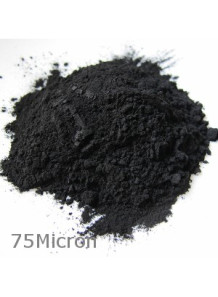Activated Carbon (ผงถ่านกัมมันต์, 75micron, Food)
Food
Code: 252964
Activated Carbon for food
Cart
No products
Subtotal:
0.00
Total
0.00
THB



